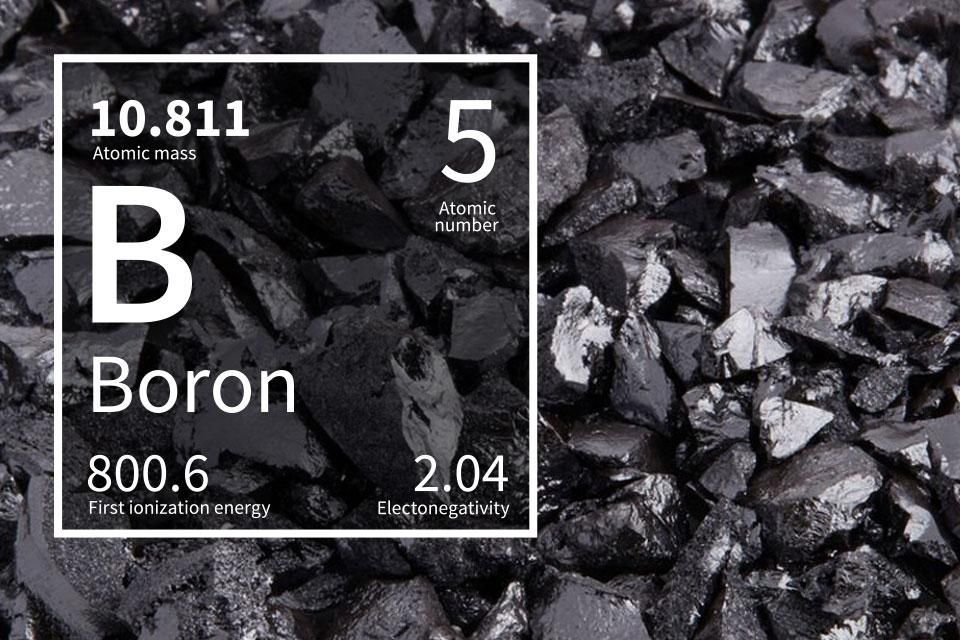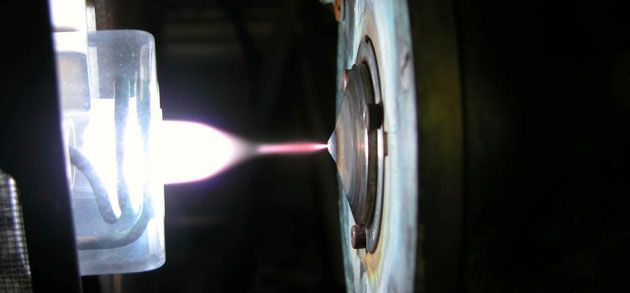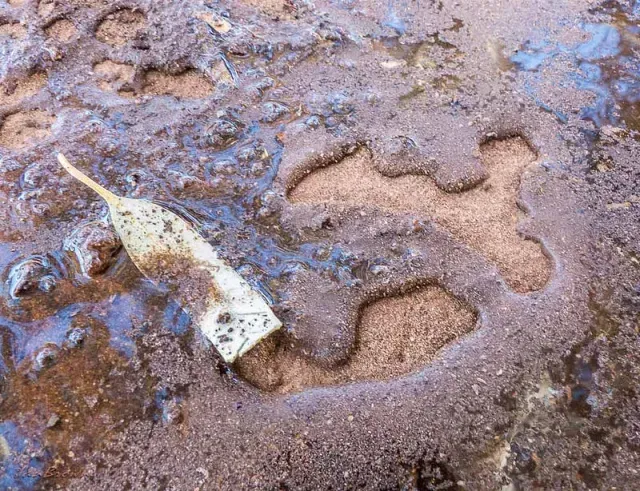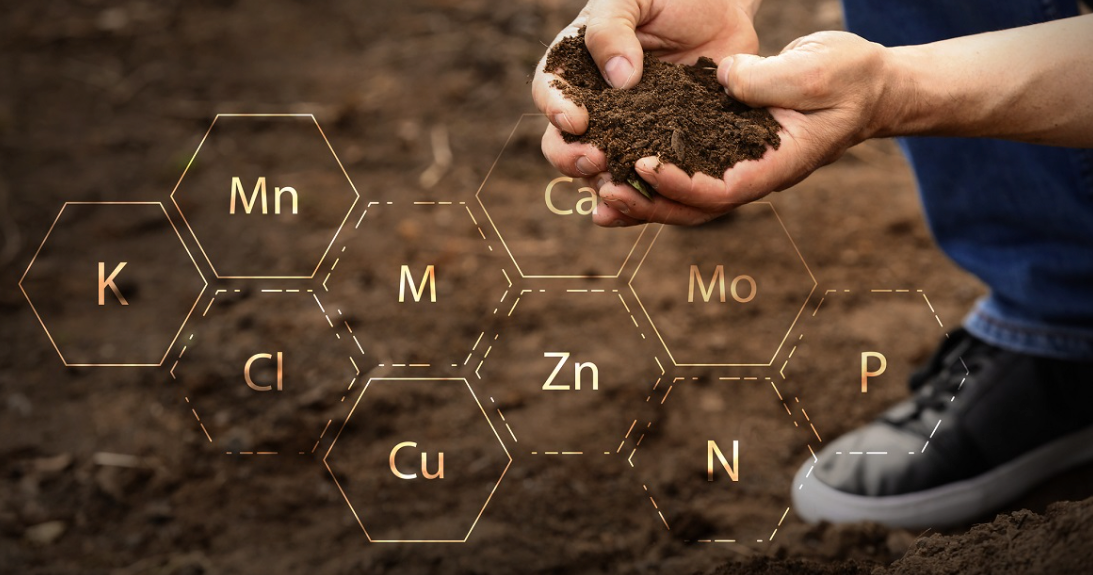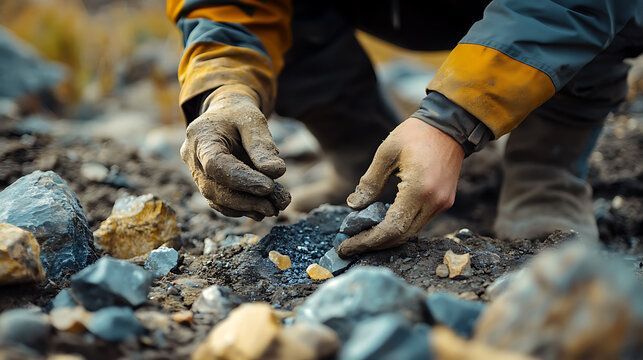August 7, 2025
Western Australia's agricultural landscape faces a unique and persistent challenge that often flies under the radar: boron toxicity. While boron is an essential micronutrient for plant growth, the fine line between sufficiency and toxicity makes it a particularly problematic element in WA's diverse soil systems. For viticulturists and horticulturists across the state, understanding and managing boron toxicity has become crucial for maintaining crop productivity and quality. The Boron Paradox in Western Australian Soils Boron presents a fascinating contradiction in plant nutrition. Plants require this micronutrient for cell wall formation, membrane stability, and reproductive development. However, the margin between deficiency and toxicity is remarkably narrow—often the smallest of all essential nutrients. In Western Australia, this challenge is amplified by the state's unique geological and climatic conditions. The prevalence of boron toxicity in WA soils stems from several interconnected factors. The state's ancient weathered soils, combined with low rainfall in many regions, create conditions where boron accumulates rather than being leached away. Additionally, the use of bore water for irrigation—common across WA's agricultural regions—frequently introduces additional boron loads, as groundwater in many areas contains elevated boron concentrations due to natural geological processes. Marine-derived sediments, which form the parent material for many WA soils, naturally contain higher boron levels. When combined with the state's Mediterranean climate pattern of wet winters and dry summers, boron becomes concentrated in the root zone through evapotranspiration processes, creating a perfect storm for toxicity issues. Impact on Viticulture: Quality Beyond Quantity Western Australia's wine industry, particularly in regions like Margaret River, Swan Valley, and the Great Southern, faces significant challenges from boron toxicity. Grapevines are moderately sensitive to boron excess, with toxicity symptoms typically appearing when soil boron levels exceed 2-3 mg/kg in sandy soils or 5-6 mg/kg in heavier clay soils. The impact on viticulture extends far beyond simple yield reductions. Boron toxicity in grapevines manifests as marginal leaf burn, starting with older leaves and progressing upward. This necrosis reduces the vine's photosynthetic capacity, directly affecting sugar accumulation in berries and, consequently, wine quality. More critically, boron toxicity can alter the vine's metabolism, affecting the synthesis of phenolic compounds that give wines their distinctive character and color. Research from WA's wine regions has shown that even sub-clinical boron toxicity—levels that don't produce visible symptoms—can reduce berry set and alter fruit composition. This subtle impact on terroir expression is particularly concerning for premium wine producers who depend on consistent fruit quality to maintain their market position. Horticultural Impacts: Diverse Crops, Varied Responses The horticultural sector in Western Australia encompasses a broad range of crops, each with different boron tolerance levels. Stone fruits, citrus, avocados, and various vegetable crops all respond differently to boron excess, making management strategies complex and site-specific. Stone fruits like cherries, peaches, and plums—significant crops in WA's hills districts—are particularly sensitive to boron toxicity. Symptoms include leaf tip and margin burn, reduced fruit set, and in severe cases, dieback of young shoots. Cherry producers in the Perth Hills have reported significant yield losses in orchards where boron toxicity went undiagnosed for extended periods. Citrus crops, while somewhat more tolerant, can still suffer from boron excess. The symptoms in citrus are often confused with salt stress or other nutritional disorders, leading to inappropriate management decisions. Avocado production, increasingly important in WA's southwest, faces particular challenges as these trees are sensitive to boron toxicity and require careful irrigation water management. Vegetable production, especially in the intensive growing areas around Perth and the southwest, must contend with boron accumulation from repeated use of bore water irrigation. Leafy greens, tomatoes, and capsicums all show distinct responses to boron excess, with quality impacts often preceding visible toxicity symptoms. Analytical Methods: Precision in Detection and Monitoring Accurate diagnosis and monitoring of boron toxicity requires sophisticated analytical approaches, combining soil, water, and plant tissue analysis. The challenge lies not just in detecting boron concentrations but in understanding bioavailability and the complex interactions that influence uptake. Soil Analysis Techniques Hot water-soluble boron extraction and calcium chloride extractable boron remains the gold standard for soil boron analysis, providing the best correlation with plant availability. These methods, typically analysed using ICP-OES or ICP-MS, give reliable results across different soil types. However, interpretation requires careful consideration of soil pH, clay content, and organic matter levels, as these factors significantly influence boron availability. ICP-MS analysis offers superior detection limits and precision for boron determination, particularly valuable when monitoring low-level changes in soil boron status. The technique's ability to handle complex matrices makes it ideal for analysing the diverse soil types found across Western Australia. Water Analysis Protocols Given the significance of irrigation water as a boron source, regular water analysis is essential. ICP-OES provides reliable boron determination in water samples, with detection limits well below levels of agricultural concern. For operations using multiple water sources or where boron levels fluctuate seasonally, establishing a comprehensive monitoring program becomes critical. Plant Tissue Analysis Plant tissue analysis provides the most direct assessment of boron status within crops. Recent-mature leaves typically provide the most reliable indication of current boron status, though sampling protocols vary between crop types. ICP-MS analysis of plant tissues offers the precision needed to detect subtle changes in boron accumulation before visible symptoms appear. The integration of soil, water, and tissue analysis data through multivariate statistical approaches—such as principal component analysis or partial least squares regression—can provide deeper insights into boron dynamics and help predict toxicity risks before they impact crop performance. Management Strategies: From Prevention to Remediation Managing boron toxicity requires a multifaceted approach combining water management, soil amendments, crop selection, and monitoring protocols. The most effective strategies focus on prevention rather than remediation, as reducing soil boron levels once toxicity occurs is challenging and time-consuming. Water Management Water source selection and treatment represent the most immediate and controllable aspect of boron management. Blending high-boron bore water with low-boron sources can reduce irrigation water boron concentrations to acceptable levels. Reverse osmosis treatment, while expensive, provides an effective solution for high-value crops where water quality is critical. Irrigation scheduling and method selection also influence boron accumulation. Drip irrigation systems, while water-efficient, can concentrate boron in the root zone if not managed properly. Periodic leaching with low-boron water helps redistribute accumulated boron away from the root zone. Soil Amendment Strategies Organic matter additions can help mitigate boron toxicity through complexation reactions that reduce boron availability. Compost, well-aged manure, and biochar applications have shown promise in reducing plant boron uptake while improving overall soil health. Gypsum applications, while primarily used for sodicity management, can also help by improving soil structure and enhancing leaching potential. The improved drainage facilitates boron movement away from the root zone during periods of excess water application. Crop and Rootstock Selection Selecting boron-tolerant varieties and rootstocks provides a biological approach to managing toxicity. In viticulture, certain rootstock selections show improved boron tolerance, allowing continued production in marginal soils. Similarly, selecting vegetable varieties bred for tolerance can maintain productivity under challenging conditions. Cover cropping with boron-tolerant species can help remove excess boron from the soil profile while providing other benefits like nitrogen fixation and organic matter addition. Species like barley and some legumes demonstrate reasonable boron tolerance and can be integrated into crop rotation systems. Precision Agriculture Applications Modern precision agriculture technologies offer new opportunities for managing boron toxicity at a field scale. GPS-guided soil sampling allows for detailed mapping of boron distribution, enabling targeted management strategies. Variable rate irrigation systems can adjust water application based on soil boron levels, optimising both water use efficiency and boron management. Remote sensing technologies, including multispectral and hyperspectral imagery, show promise for early detection of boron stress before visible symptoms appear. These tools, combined with machine learning algorithms, could revolutionize boron toxicity monitoring and management. Research Frontiers and Future Directions Current research in boron toxicity management focuses on several promising areas. Molecular breeding approaches aim to develop crops with enhanced boron tolerance through marker-assisted selection and genetic modification. Understanding the genetic mechanisms controlling boron transport and accumulation could lead to breakthrough developments in crop tolerance. Microbial interventions represent another emerging field, with research showing that certain soil microorganisms can influence boron availability and plant uptake. Developing beneficial microbial inoculants could provide a biological solution to boron toxicity management. Advanced analytical techniques, including synchrotron-based methods and isotopic analysis, are providing new insights into boron behavior in soil-plant systems. These techniques offer unprecedented detail about boron speciation and transport mechanisms, informing more targeted management strategies. Conclusion: Integrated Approaches for Sustainable Production Boron toxicity in Western Australian soils presents a complex challenge requiring sophisticated understanding and integrated management approaches. Success demands combining accurate analytical monitoring with strategic water management, appropriate crop selection, and targeted soil amendments. As precision agriculture technologies continue to evolve, new opportunities emerge for managing this persistent challenge more effectively. For WA's viticulture and horticulture industries, addressing boron toxicity is not just about maintaining yields—it's about preserving the quality and character that define the region's premium agricultural products. Through continued research, improved analytical capabilities, and adoption of integrated management strategies, the industry can continue to thrive despite this challenging soil condition. The key lies in recognising that boron toxicity management is not a one-size-fits-all solution but rather requires site-specific approaches informed by comprehensive analytical data and a deep understanding of local soil, water, and climatic conditions. By embracing this complexity and leveraging advanced analytical capabilities, Western Australian agriculture can continue to produce world-class crops while managing one of its most persistent soil chemistry challenges.
